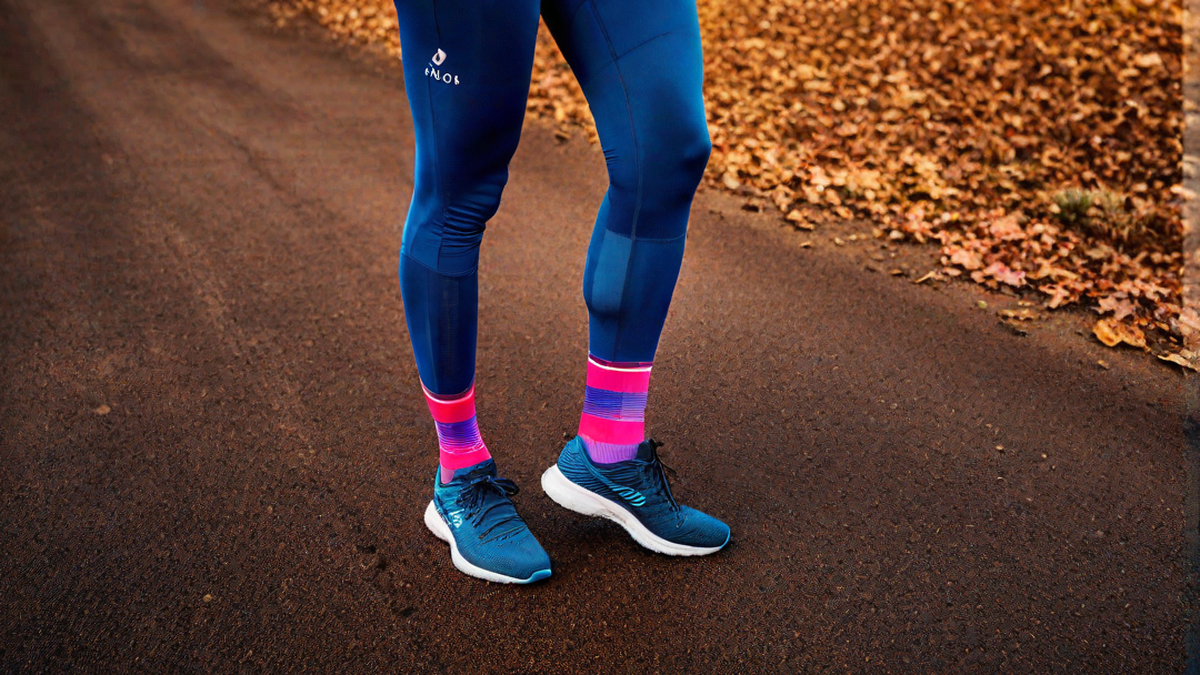As an avid runner myself, I know the importance of having the right gear to ensure a comfortable and successful run. One essential item that should not be overlooked is compression socks. These socks provide numerous benefits to runners, including improved blood circulation, reduced muscle soreness, and faster recovery times. However, with so many options available on the market, choosing the right compression socks can be overwhelming. In this article, I will guide you through the process of choosing compression socks for running, based on my personal experience and extensive research.
Understanding Compression Levels
When it comes to compression socks, understanding the different levels of compression is crucial. Compression levels are measured in millimeters of mercury (mmHg) and indicate the amount of pressure the socks apply to your legs. The higher the mmHg, the greater the compression. For running, it is recommended to choose compression socks with a moderate level of compression, ranging from 15-20 mmHg. This level provides sufficient support without restricting blood flow excessively.
Consider Your Calf Size
Another important factor to consider when choosing compression socks is your calf size. It’s essential to select socks that fit snugly around your calves to experience the full benefits of compression. Measure the circumference of the widest part of your calf and refer to the sizing chart provided by the manufacturer. Keep in mind that different brands may have slightly different sizing, so it’s always best to double-check before making a purchase.
Material and Breathability
The material of the compression socks plays a significant role in their overall comfort and breathability. Look for socks made from moisture-wicking and breathable fabrics such as nylon, polyester, or a blend of these materials. These fabrics help to keep your feet dry and prevent blisters by wicking away sweat. Avoid cotton socks as they tend to retain moisture, leading to discomfort during your runs.
Cushioning and Padding
Consider the type of cushioning and padding the compression socks offer. Some socks come with extra padding in specific areas such as the heel and toe, providing additional support and shock absorption. These features can be particularly beneficial for runners who have high-impact workouts or those prone to blisters. Assess your specific needs and preferences to determine the level of cushioning that suits you best.
Length and Fit
Compression socks come in various lengths, including knee-high, calf-length, and ankle-length. The length you choose depends on your personal preference and the level of compression you need. Knee-high socks are the most common choice among runners as they provide coverage for the entire calf muscle. Additionally, ensure that the socks fit snugly but not too tight around your feet and ankles. Proper fit is essential to prevent discomfort and ensure optimal compression.
Price and Durability
While price shouldn’t be the only consideration, it’s essential to find a balance between quality and affordability. Investing in a pair of high-quality compression socks can ensure durability and long-lasting performance. Cheaper options may wear out quickly or lose their compression over time. Look for reputable brands that offer a good warranty and have positive customer reviews to ensure you’re getting a reliable product that will withstand the demands of your running routine.
Conclusion
Choosing the right compression socks for running can greatly enhance your running experience and help improve your performance. By understanding the different levels of compression, considering your calf size, selecting breathable materials, assessing cushioning and padding, finding the right length and fit, and taking durability and price into account, you’ll be well-equipped to make an informed decision. So, lace up your running shoes, slip on your compression socks, and hit the road with confidence!

